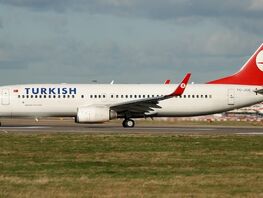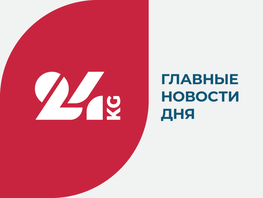2018 was declared the Year of Development of the Regions in Kyrgyzstan. The head of the republic is firsthand aware of their capabilities, needs and problems. Sooronbai Jeenbekov believes that at the time the support of farmers and peasants is ineffective, there is no state marketing and effective management. The people have to independently look for a way out of the difficult situation.
Let’s face it: the amount of investments in a region depends on a number of deputies and officials representing it. The regional lobby has strengthened. The rest of the regions are lagging behind. The balance of development is broken.
Sooronbai Jeenbekov
24.kg news agency analyzed which region of the republic has the highest living standards.
Below the poverty line
According to the National Statistical Committee’s data for 2016, a quarter of the population of Kyrgyzstan lives below the poverty line. This is more than 1.5 million people. About 50,000 Kyrgyz citizens are living in desperate poverty.
The highest poverty level was registered in Naryn and Batken regions — 37.8% and 37% respectively. The situation in Jalal-Abad region is a little better — 32.2 percent. Despite the close proximity to the capital, where the poverty rate is only 9.8 percent, the poverty rate in Chui region is extremely high — 30.3 percent.
Natural increase
According to preliminary data, the number of the republic’s resident population in 2017 increased by 116,500 people. As of January 1, 2018, there were 6,257 million people in Kyrgyzstan.
The highest level of natural population increase in 2017 was observed in Osh and Batken regions and in Osh city. The lowest was in Issyk-Kul and Naryn regions.
33,400 people died in 2016. In 2017, at least 153,600 newborns were registered.
Minimum for life
In 2017, the minimum subsistence level in Kyrgyzstan was 4,900 soms a month. The highest rate was in Jalal-Abad and Osh regions — 5,200 and 5,100 soms. The lowest subsistence level was in Issyk-Kul region — 4,400 soms.
Most of the Kyrgyzstanis can afford themselves 10.9 kilograms of bread a month, 4 kilograms of potatoes, 6.5 kilograms of vegetables, melons and gourds, 7 kilograms of dairy products, 2 kilograms of fruits and berries, 1 liter of vegetable oil.
Amount of meat in the food ration is extremely small — 1.7 kilograms. According to statistics, a Kyrgyzstani can afford to eat not more than 5 eggs, 1.1 kilograms of sugar and confectionery, 100 grams of fish.
The average monthly salary in the country is 15,300 soms. Of course, the incomes of Bishkek residents are much higher — 20,200 soms. The leader among the regions is Naryn region with a monthly salary of 14,600 soms. Least of all earn the residents of Osh region — 10,100 soms.
The average monthly salary of an employee in 2017 was $ 223.5.
Crime rates
According to the Prosecutor General’s Office, in January 2018, there were registered 2,100 crimes, the number of which, compared with 2017, increased by 2.7 percent.
The most of all crimes were committed in Bishkek — 898, Chui region — 369, Jalal-Abad region — 206. Naryn region is the calmest, where only 47 crimes were committed for a month.
It is noteworthy that the crimes are committed in the regions with a large number of unemployed. So, as of February 1, at least 58,800 unemployed citizens were registered.
The largest number of registered unemployed is in the south of the republic. The number of unemployed in Jalal-Abad region was 17,200 people, in Osh region — 11,800.
Women account for 51.1 percent of the total number of registered unemployed people. The level of registered unemployment made up 2.3 percent of the economically active population.
Certainly, life in the capital is more comfortable, and salaries are higher. The poorest in Kyrgyzstan regions are still Naryn and Batken, despite the fact that salaries in Naryn are the highest. In addition, the region has the lowest crime rate and a small number of unemployed, but living conditions there are the most severe.





